Why Spain is a great place for kids
Choosing the city that's right for you
Choosing the visa that's right for you
More than just great weather
Why Spain provides a better quality of life
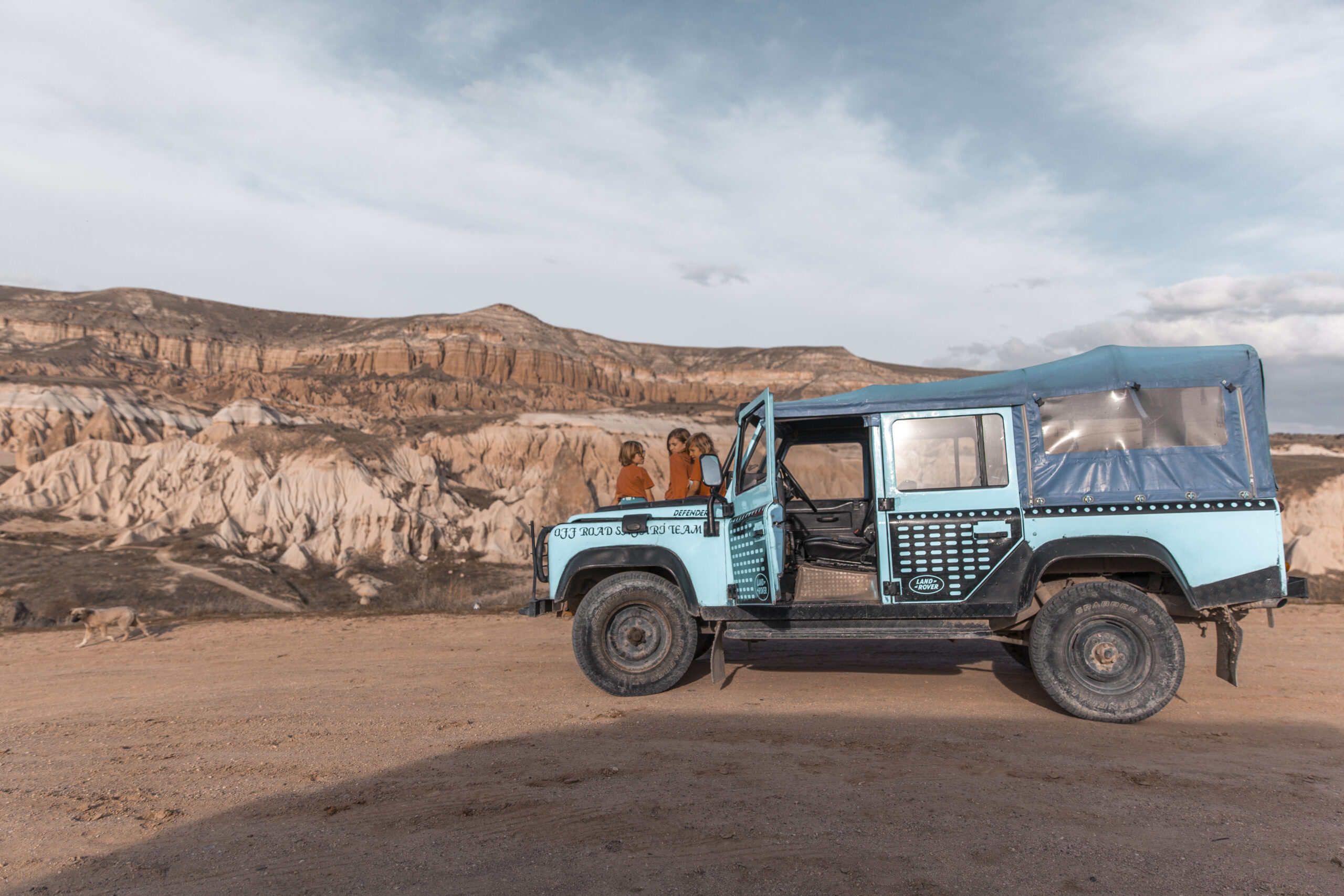
How we Plan
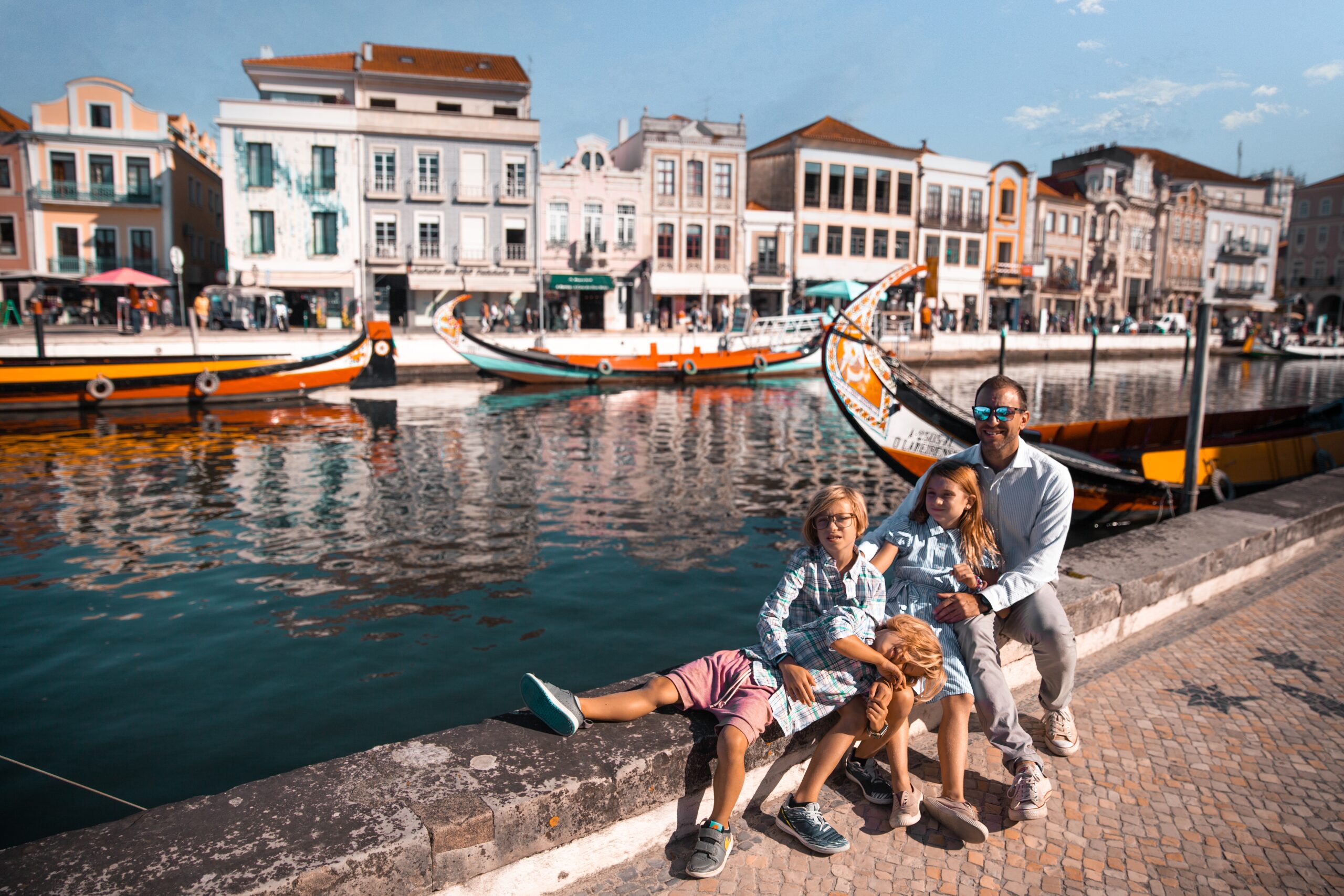
What we pack
Choosing Travel Insurance
Book Your Hotel
with Booking.com
Book Your Car
with RentalCars.com
Book Your Flight
with Skyscanner.com
Book Your Tour
with GetYourGuide.com
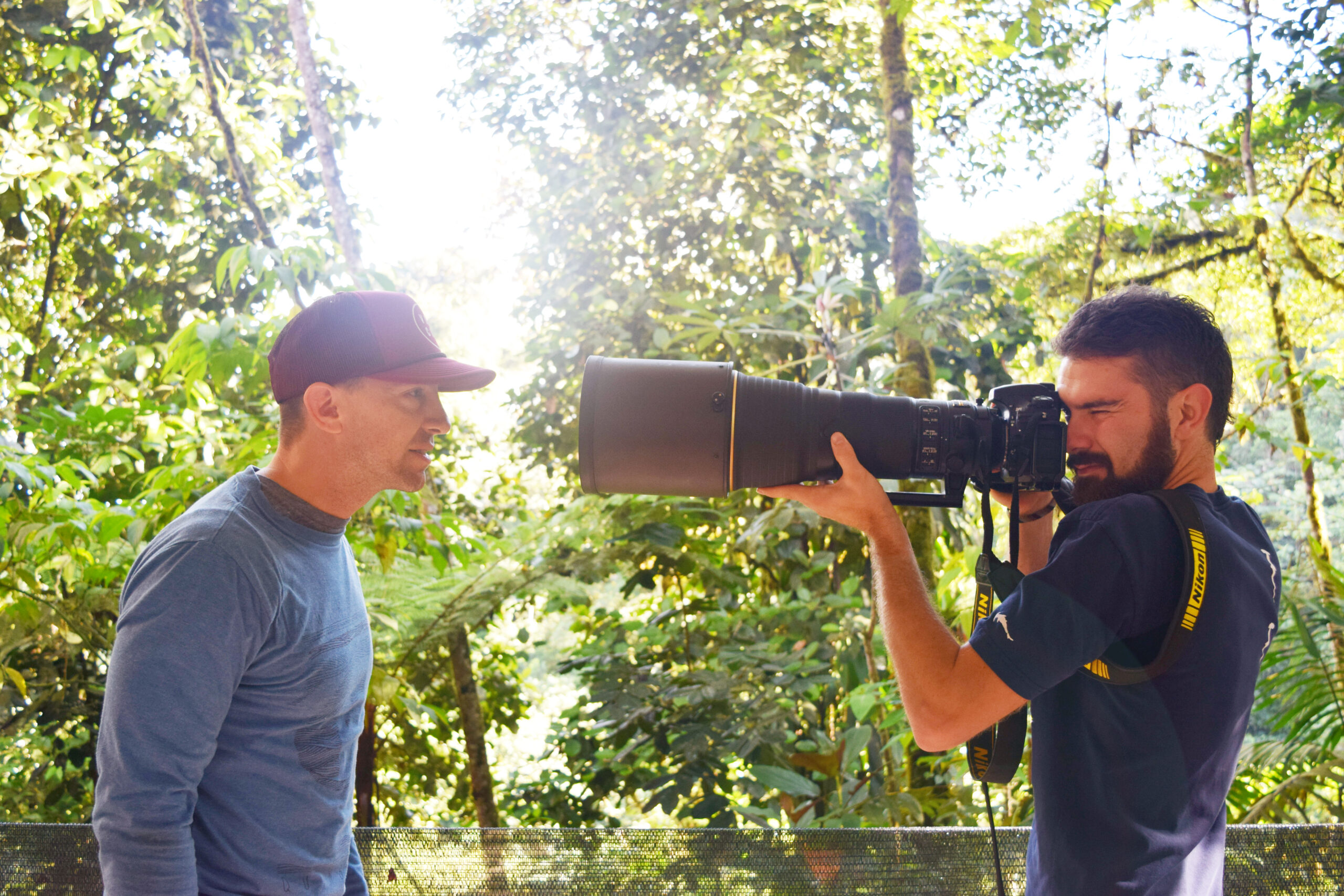
Our Camera Gear
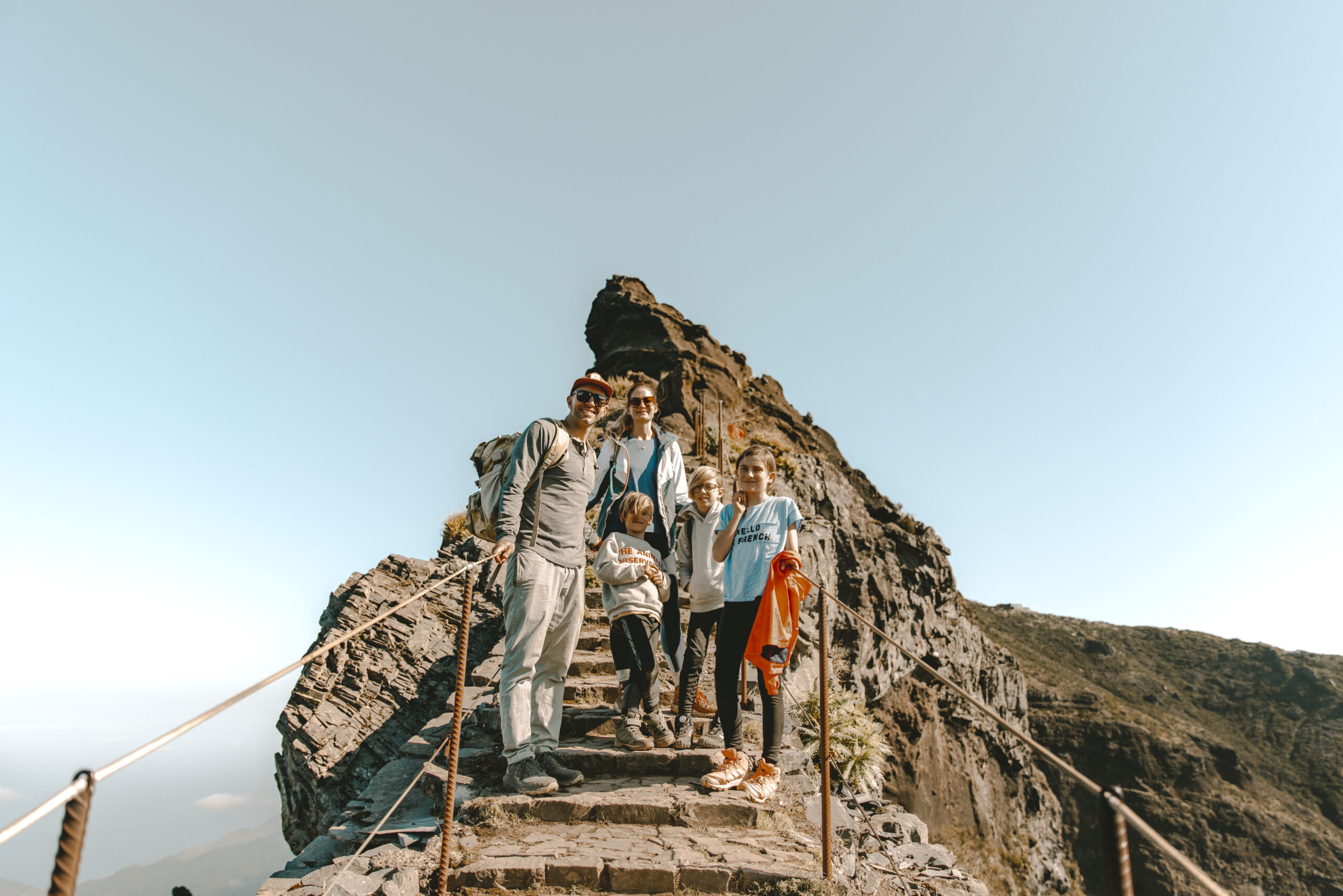
How We Fly
Choosing Your Destination
Family Guide to...
Namibia
Namibia, a land of mesmerizing contrasts, invites adventurers to traverse its vast deserts, discover the otherworldly landscapes of Sossusvlei’s towering dunes, and witness the wildlife spectacle of Etosha National Park, creating an unforgettable journey through the heart of southwestern Africa.
- Kalahari
- Etosha
- Swakopmund
- Kolmanskop
- Sossusvlei
- Sandwich Harbour
Map
Weather
Itineraries
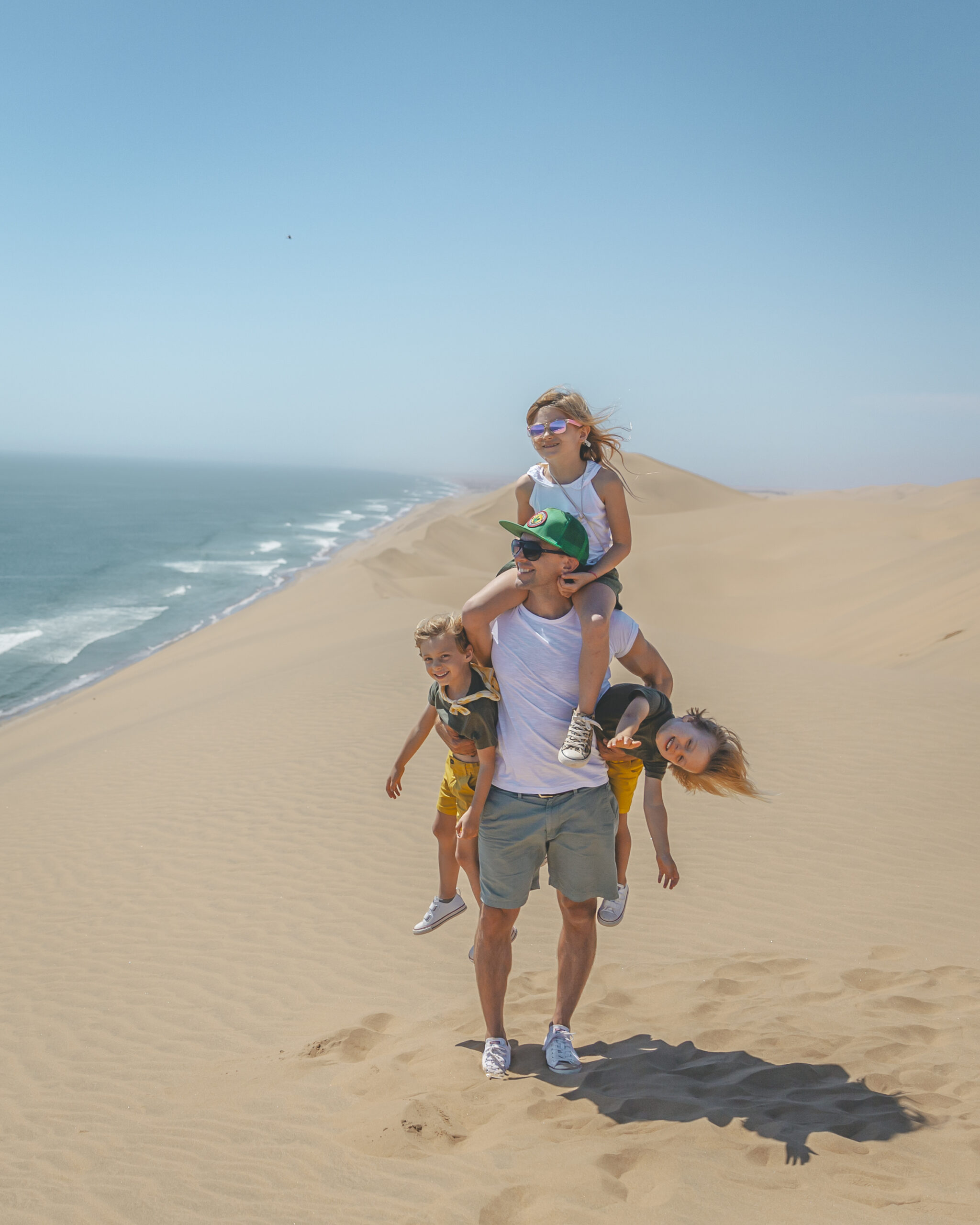
Coming Soon...
winhoek
Top Five Restaurants in winhoek
Joe’s Beerhouse is a beloved Windhoek institution known for its hearty Namibian cuisine and lively atmosphere. Visitors can enjoy dishes like game steaks, eisbein, and traditional German fare while soaking in the rustic, eclectic decor. The extensive beer selection and friendly service make it a must-visit for both locals and tourists.
The Stellenbosch Wine Bar and Bistro offers a sophisticated dining experience with a focus on fine wines and gourmet dishes. Guests can savor a range of international and local flavors, from tender steaks to fresh seafood, all perfectly paired with a curated wine list. The elegant ambiance and attentive service add to the restaurant’s charm.
The Social is a trendy spot in Windhoek known for its vibrant atmosphere and diverse menu. From delicious brunch options to flavorful dinner entrees, the restaurant caters to all tastes with dishes inspired by global cuisine. The chic decor and lively setting make it a popular choice for a night out.
Sardinia Blue Olive offers a taste of the Mediterranean in the heart of Windhoek. Specializing in Italian and Mediterranean cuisine, the restaurant delights guests with fresh pasta, seafood, and mouth-watering pizzas. The cozy, family-friendly environment and outdoor seating make it perfect for a relaxed meal.
The Stellenbosch Tasting Room is a refined venue that combines wine tasting with a delightful dining experience. Guests can explore a wide variety of wines while enjoying a menu that features tapas, charcuterie boards, and gourmet snacks. The intimate setting and knowledgeable staff create a memorable experience for wine enthusiasts.
Top Five hotels in winhoek
The Hilton Windhoek offers luxury accommodations in the heart of the city, with spacious rooms and top-notch amenities. Guests can enjoy stunning city views from the rooftop pool and dine at several on-site restaurants. The hotel’s prime location makes it a convenient base for exploring Windhoek.
Am Weinberg Boutique Hotel combines elegance and comfort with its beautifully designed rooms and serene atmosphere. The hotel features a spa, several dining options, and an outdoor pool, providing a relaxing retreat. Its location offers easy access to Windhoek’s attractions while maintaining a peaceful ambiance.
Avani Windhoek Hotel & Casino provides modern accommodations with a touch of excitement, thanks to its in-house casino. The hotel boasts contemporary rooms, a rooftop pool, and multiple dining options, making it ideal for both business and leisure travelers. Its central location allows guests to explore Windhoek with ease.
Windhoek Country Club Resort offers a blend of luxury and leisure with its spacious rooms and extensive recreational facilities. Guests can enjoy golfing, swimming, and dining at the resort’s various venues, making it a great choice for a relaxing getaway. The tranquil setting and excellent service ensure a memorable stay.
Hotel Heinitzburg, a historic castle-turned-hotel, provides a unique and charming stay in Windhoek. The hotel features elegant rooms, a fine dining restaurant, and beautiful gardens with panoramic city views. Its rich history and luxurious amenities make it a standout choice for travelers seeking a distinctive experience.
swakopmund
Top Five Restaurants in swakopmund
Located at the historical Swakopmund Jetty, The Tug Restaurant offers stunning ocean views and a unique nautical ambiance. Renowned for its fresh seafood, the menu features local delicacies such as Namibian oysters and kingklip. The Tug provides a delightful dining experience with its cozy atmosphere and attentive service.
Jetty 1905 is a premier dining spot located at the end of the Swakopmund Jetty, offering panoramic views of the Atlantic Ocean. The restaurant specializes in gourmet seafood dishes and an extensive wine list. Its modern décor and relaxed vibe make it perfect for a romantic dinner or a special occasion.
Situated in the Beach Lodge Hotel, The Wreck Restaurant boasts a sleek, contemporary design with floor-to-ceiling windows overlooking the beach. The menu highlights a fusion of international and local cuisines, with a strong emphasis on fresh, local ingredients. Guests can enjoy a serene dining experience with spectacular sunset views. The Wreck Restaurant
A Swakopmund institution, Kücki’s Pub combines a lively atmosphere with a diverse menu that includes everything from German sausages to fresh seafood. The rustic, pub-style interior and friendly service make it a popular spot for both locals and tourists. It’s a great place to relax with a drink and enjoy hearty, well-prepared meals.
Brewer & Butcher offers a unique blend of craft beers brewed on-site and a menu focused on premium meat dishes. Located within the Strand Hotel, the restaurant features a warm, inviting atmosphere with views of the Atlantic Ocean. It’s an ideal venue for meat lovers and beer enthusiasts looking for a relaxed dining experience.
Top Five hotels in swakopmund
The Strand Hotel Swakopmund offers luxury accommodation with stunning ocean views and direct beach access. It features multiple restaurants, a spa, and well-appointed rooms. Guests appreciate the prime location and exceptional service.
Combining Victorian architecture with modern amenities, the Swakopmund Hotel & Entertainment Centre is situated in the heart of the town. It offers spacious rooms, a casino, and a variety of dining options. The hotel is known for its elegant atmosphere and excellent facilities.
Beach Lodge provides cozy, beachfront accommodation with panoramic ocean views. Each room is uniquely decorated, and the on-site restaurant, The Wreck, is highly regarded. It’s an ideal choice for travelers looking for a serene and picturesque stay. Beach Lodge on Booking.com
The historic Hansa Hotel offers elegant rooms and a charming garden setting in the center of Swakopmund. Renowned for its traditional hospitality and fine dining, it provides a comfortable and classic stay. Guests enjoy the central location and the hotel’s old-world charm. Hansa Hotel on Booking.com
The Stiltz offers unique wooden bungalows built on stilts, providing stunning views of the Atlantic Ocean, the riverbed, and the sand dunes. The lodge combines rustic charm with modern comforts, offering a truly unique experience. It’s perfect for those seeking a blend of adventure and relaxation. The Stiltz on Booking.com
FAQ's
What are the main things to do with kids in Namibia?
Namibia offers a variety of activities that can be enjoyed by families with children. Here are some of the main things to do with kids in Namibia:
1. Wildlife Watching: Namibia is known for its diverse wildlife, and children can enjoy spotting animals like elephants, lions, zebras, and giraffes in national parks such as Etosha National Park or Waterberg Plateau Park.
2. Sandboarding: The Namib Desert provides an excellent opportunity for sandboarding, which is similar to snowboarding but on sand dunes. This activity is suitable for older children and can be enjoyed near Swakopmund.
3. Visiting the Skeleton Coast: The Skeleton Coast is a hauntingly beautiful area with shipwrecks, seal colonies, and unique desert landscapes. Guided tours are available, and children can learn about the area’s history and wildlife.
4. Exploring Swakopmund: This coastal town offers various activities for children, including the Swakopmund Aquarium, the Swakopmund Museum, and the National Marine Aquarium.
5. Visiting a Cheetah Conservation Center: Children can learn about cheetah conservation efforts and even meet these beautiful cats up close at centers like the Cheetah Conservation Fund near Otjiwarongo.
6. Stargazing: Namibia’s clear skies provide an excellent opportunity for stargazing. Many lodges and campsites offer stargazing activities that can be enjoyed by the whole family.
7. Exploring Twyfelfontein: This UNESCO World Heritage Site features ancient rock engravings and paintings that can be fascinating for children to see and learn about.
Remember to consider the age and interests of your children when planning activities, and always prioritize safety by booking through reputable tour operators and following their guidelines.
What is Namibia famous for?
Namibia is famous for several things, including:
1. Diverse Wildlife: Namibia is home to a wide variety of wildlife, including the “Big Five” (lions, leopards, elephants, rhinos, and buffalo), as well as cheetahs, giraffes, and numerous bird species.
2. Etosha National Park: This vast salt pan is one of Africa’s largest game reserves and a popular destination for safari enthusiasts.
3. The Namib Desert: Namibia is home to the world’s oldest desert, featuring towering sand dunes, including the iconic Dune 45 and Big Daddy dune.
4. Skeleton Coast: This hauntingly beautiful coastline is known for its shipwrecks, seal colonies, and unique desert ecosystem.
5. Sossusvlei: This salt and clay pan surrounded by high red dunes is one of Namibia’s most popular tourist attractions and a photographer’s paradise.
6. Fish River Canyon: The second-largest canyon in the world, Fish River Canyon offers stunning views and hiking opportunities.
7. Cultural Diversity: Namibia is home to diverse ethnic groups, including the Himba, Herero, and San people, each with their unique traditions and customs.
8. Adventure Activities: Namibia offers a range of adventures, such as sandboarding, skydiving, hot air ballooning, and quad biking in the desert.
9. Stargazing: With its clear skies and minimal light pollution, Namibia is one of the best places in the world for stargazing.
10. Sustainable Tourism: Namibia is known for its commitment to sustainable tourism and conservation, with many lodges and tour operators focusing on eco-friendly practices.
What power plug type does Namibia use?
Namibia uses plug types D and M.
Type D: This is the old British plug type, characterized by three round pins in a triangular pattern. The voltage is 220-240 volts and the frequency is 50 Hz.
Type M: Also known as the South African plug, this type has three round pins, with the ground pin being larger than the other two. This is the same voltage and frequency as Type D (220-240 volts, 50 Hz).
It’s important to note that some lodges and hotels may have a mixture of these two plug types, as well as the occasional European-style plug (Type C, with two round pins). To be prepared, it’s best to carry a universal adapter that can accommodate various plug types. Also, make sure your devices are compatible with 220-240 volts before plugging them in, as some devices may require a voltage converter in addition to a plug adapter.
Is Namibia safe?
Namibia is generally considered one of the safer countries to visit in Africa, with a stable political system and a low crime rate compared to some of its neighbors. However, as with any travel destination, there are some safety concerns to keep in mind:
1. Petty Crime: Incidents of pickpocketing and bag snatching can occur, particularly in busy urban areas like Windhoek. Tourists should take usual precautions, such as keeping valuables secure and being aware of their surroundings.
2. Road Safety: Namibia has a high rate of road accidents due to factors such as long distances, gravel roads, and wildlife on the roads. If self-driving, be cautious and avoid driving at night when possible.
3. Wildlife: While attacks on tourists are rare, it’s essential to respect wildlife and maintain a safe distance, especially in national parks and game reserves.
4. Desert Conditions: The Namib Desert can be harsh, with extreme temperatures and limited access to water. Always carry sufficient water and sun protection, and be prepared for changing weather conditions.
5. Health Concerns: Namibia has a high prevalence of HIV/AIDS, and malaria is present in some regions. Take necessary precautions, such as using mosquito repellent and taking anti-malaria medication if recommended by a healthcare professional.
Overall, by taking sensible precautions and following the advice of local authorities and tour operators, travelers can minimize risks and enjoy a safe and rewarding experience in Namibia. As with any travel, it’s a good idea to check the latest travel advisories from your government before departing.
How many days is enough in Namibia?
The ideal duration of your stay in Namibia depends on your interests and the specific places you want to visit. However, given the country’s vast size and the distances between attractions, it’s recommended to plan for at least 7-10 days to get a good overview of Namibia’s main highlights.
Here’s a sample breakdown of a 10-day itinerary:
– Days 1-2: Arrive in Windhoek, explore the city, and recover from jet lag.
– Days 3-4: Drive to Etosha National Park for wildlife viewing and safaris.
– Day 5: Visit the Cheetah Conservation Fund near Otjiwarongo.
– Days 6-7: Explore the Namib Desert, including Sossusvlei and Deadvlei.
– Day 8: Visit Swakopmund for adventure activities and coastal sightseeing.
– Day 9: Drive along the Skeleton Coast to see shipwrecks and seal colonies.
– Day 10: Return to Windhoek for departure.
If you have more time, you can consider adding visits to places like Twyfelfontein, Damaraland, Fish River Canyon, or the Caprivi Strip for a more comprehensive Namibian experience. With 14 days or more, you can explore the country at a more relaxed pace and include additional activities like hiking, cultural experiences, or stargazing.
Keep in mind that traveling between destinations in Namibia often involves long drives, so it’s essential to factor in travel time when planning your itinerary. Many visitors opt for a guided tour or a self-drive itinerary with a 4×4 vehicle to make the most of their time in the country.
Is it cheap to travel in Namibia?
Namibia is generally considered a more expensive African destination compared to countries like South Africa or Kenya. However, the cost of travel in Namibia largely depends on your travel style, accommodation preferences, and the activities you choose. Here are some factors to consider:
1. Accommodation: Namibia offers a wide range of accommodation options, from budget campsites and guesthouses to luxury lodges. Prices can vary significantly depending on your choice.
2. Transportation: Rental cars, particularly 4×4 vehicles, can be expensive in Namibia. Fuel prices are also relatively high. Guided tours and fly-in safaris are even more costly.
3. Food and Drink: Eating out in restaurants, especially in tourist areas, can be pricey. However, self-catering or eating at local markets can help reduce costs.
4. Activities: Guided activities like safari drives, hot air balloon rides, or adventure sports can add up quickly. However, self-driving in national parks and exploring natural attractions independently can help lower costs.
5. Park Fees: Entrance fees to national parks and reserves can be substantial, especially for international visitors.
While it’s possible to travel in Namibia on a budget by camping, self-driving, and self-catering, it is generally more expensive than some other African countries. Luxury travel experiences, like staying in high-end lodges or taking chartered flights, can be quite costly.
To get a better idea of the costs involved, research specific accommodation options, car rentals, and activities you’re interested in. Many travelers find that joining a guided tour or booking an all-inclusive package can be cost-effective, as these often include accommodation, transportation, activities, and some meals.
What is the best month to visit Namibia?
The best month to visit Namibia depends on your interests and what you hope to experience during your trip. However, generally, the most popular time to visit is during the dry winter months from June to October.
– June to October (Dry Season): This is the peak tourist season, with mild temperatures, clear skies, and virtually no rainfall. It’s the best time for wildlife viewing, as animals gather around waterholes and are easier to spot in the thinned-out vegetation. However, nights can be cold, especially in the desert.
– November to December (Shoulder Season): As summer approaches, temperatures start to rise, and some occasional showers may occur. It’s a good time for birdwatching as migratory birds arrive. Tourist numbers are lower, and you might find better deals on accommodation.
– January to April (Wet Season): This is the warmest period, with occasional heavy rains and high humidity. The landscape becomes greener, and animals disperse due to increased water availability. Some lodges and camps may close during this time. However, it’s the best time to visit the Caprivi Strip and see the Epupa Falls in full flow.
– May (Shoulder Season): As the rains end, the landscape is still lush and green. It’s a good time for photography and enjoying the scenery before the dry season sets in.
If you’re primarily interested in wildlife viewing and comfortable weather, June to October is the best time to visit. If you don’t mind some heat and occasional rainfall and want to see a greener landscape or go birdwatching, consider visiting between November and May.
Keep in mind that peak season (June to October) also means higher prices and more tourists, so booking in advance is recommended.
What do I need to know before going to Namibia?
Before visiting Namibia, there are several important things to keep in mind:
1. Visa Requirements: Check your visa requirements well in advance. Many nationalities can obtain a visa upon arrival, but it’s best to confirm with the Namibian embassy or consulate in your country.
2. Health Precautions: Namibia is a malaria-risk country, so consult with your healthcare provider about prophylaxis. Make sure your routine vaccinations are up to date, and consider getting hepatitis A and typhoid vaccines.
3. Weather and Climate: Namibia is generally dry and hot, but temperatures can drop significantly at night, especially in the desert. Pack appropriate clothing for both warm and cool weather.
4. Transportation: Namibia is a vast country with long distances between attractions. Renting a car, particularly a 4×4, is a popular option, but be prepared for long drives and gravel roads. Alternatively, consider joining a guided tour or flying between destinations.
5. Accommodation: Namibia offers a range of accommodation options, from campsites to luxury lodges. Book in advance, especially during peak season (June to October).
6. Language: English is widely spoken, but learning a few basic phrases in Afrikaans or German can be helpful.
7. Money: The Namibian dollar (NAD) is the local currency, but the South African Rand (ZAR) is also widely accepted. Credit cards are accepted in many establishments, but it’s a good idea to carry some cash for smaller purchases.
8. Wildlife Safety: Namibia is home to a diverse array of wildlife. Always follow park rules, maintain a safe distance from animals, and never feed them.
9. Cultural Sensitivity: Namibia is a culturally diverse country. Respect local customs and traditions, and always ask for permission before taking photos of people.
10. Water and Food Safety: Tap water is generally safe to drink in major cities and towns but stick to bottled water in rural areas. Be cautious with street food and raw vegetables.
Remember to purchase travel insurance, pack sunscreen and a hat, and have a sense of adventure. Namibia is a beautiful country with much to offer, and proper preparation can help ensure a smooth and enjoyable trip.

